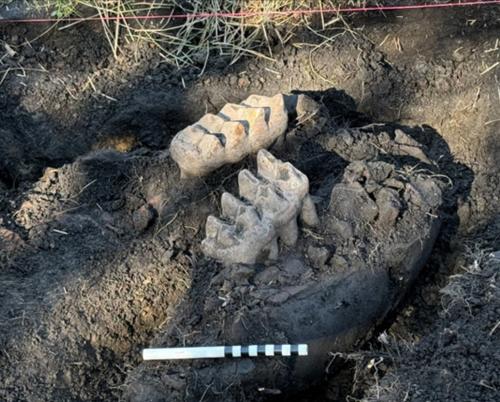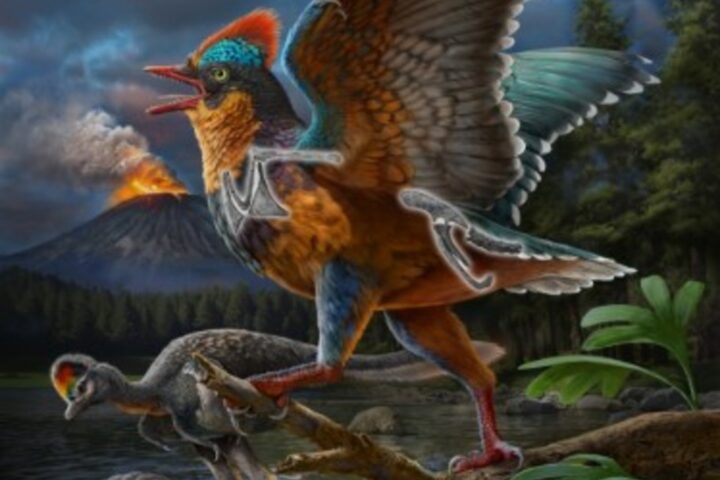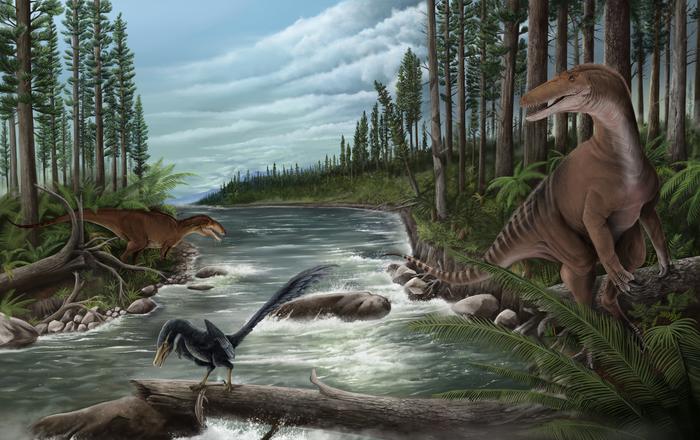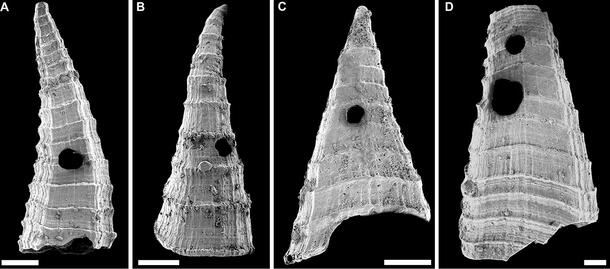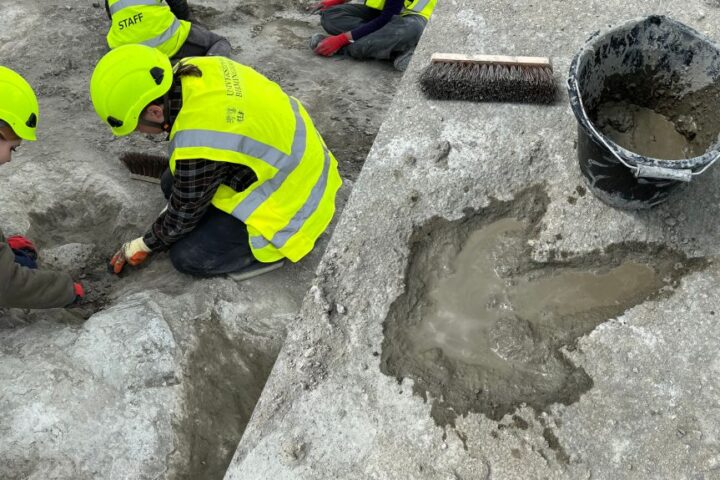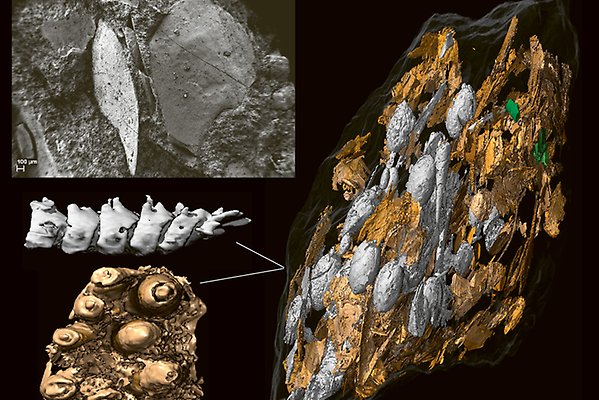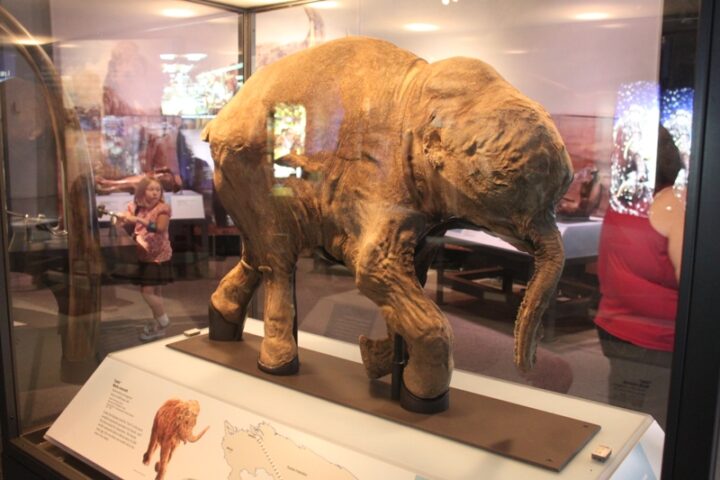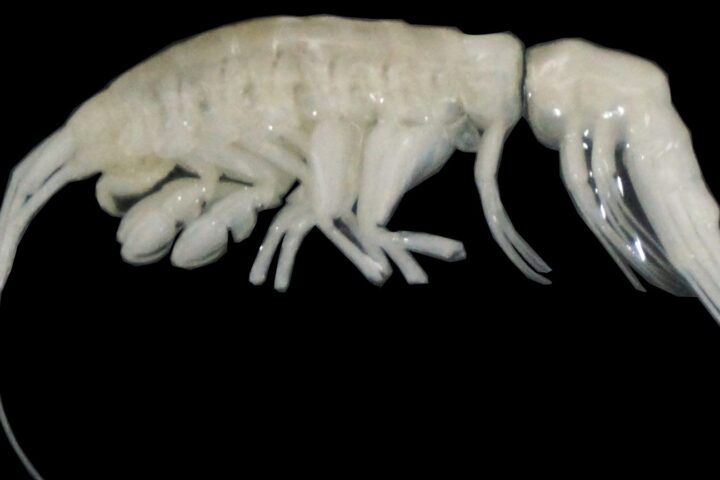A complete mastodon jaw has emerged from a backyard in Scotchtown, Orange County, marking the first such discovery in New York State in 11 years. The prehistoric remains, found in the Hudson Valley, include additional bone fragments that offer fresh insights into Ice Age ecosystems.
Discovery Details
The remarkable find occurred when local homeowners found two teeth in their yard and brought them to SUNY Orange. “Immediately, even with very little experience with mastodon teeth, you know what they are when you see them because they are so distinctive,” said Dr. Cory Harris, chair of the college’s Behavioral Sciences Department to the Times Union.
The discovery’s shallow depth puzzles researchers. “This was possibly the most shallow discovery of mastodon remains in state history,” explained Harris. “The fossil materials were found in clay deposited as Ice Age glaciers retreated – right where you would expect them to be. But not a lot of deposition has occurred over it, which is a little bit puzzling at this point.”
Scientific Value
The excavation, conducted over two and a half days, yielded a well-preserved adult jaw, a toe bone, and a rib fragment. Dr. Robert Feranec, director of research and collections and curator of Ice Age Animals at the New York State Museum, stated, “This mastodon jaw provides a unique opportunity to study the ecology of this magnificent species, which will enhance our understanding of the Ice Age ecosystems from this region.”
The specimens have been transferred to the State Museum for carbon dating and comprehensive analysis to determine the mastodon’s age, diet, and habitat during its lifetime.
Regional Context
Orange County has proven exceptionally rich in mastodon fossils. Of the more than 150 mastodon specimens found across New York State, approximately one-third originate from this county. The area’s Black Dirt region, known for its rich soil, played a crucial role in preserving these prehistoric remains.
“I think it’s a combination of ancient attractiveness biologically of this region to animals – it was a good place to be – and also, just later human activities,” Harris explained to the Times Union, referring to the likelihood of finding mastodon fossils in the area.
More Stories
Historical Perspective
Mastodons inhabited North America from the late Miocene Epoch through the Pleistocene epoch. They began declining in their northernmost ranges about 75,000 years ago and became extinct, along with several other megafauna species, about 10,000 years ago, according to the American Museum of Natural History.
New York’s first recorded mastodon fossil discovery occurred in 1705 in Claverack, with several notable finds following at Hudson Valley farms in the late 18th century.
Future Research
The State Museum plans to feature these bones in public programming in 2025. SUNY Orange is in the early stages of planning a class where students can continue searching for fossils at the site. “I think this has been a great example of teamwork between community members and institutions in the state that I’m proud to be a part of,” Harris said to the Times Union.
The State Education Department encourages public reporting of similar discoveries, as each find contributes to our understanding of prehistoric life in the region.
